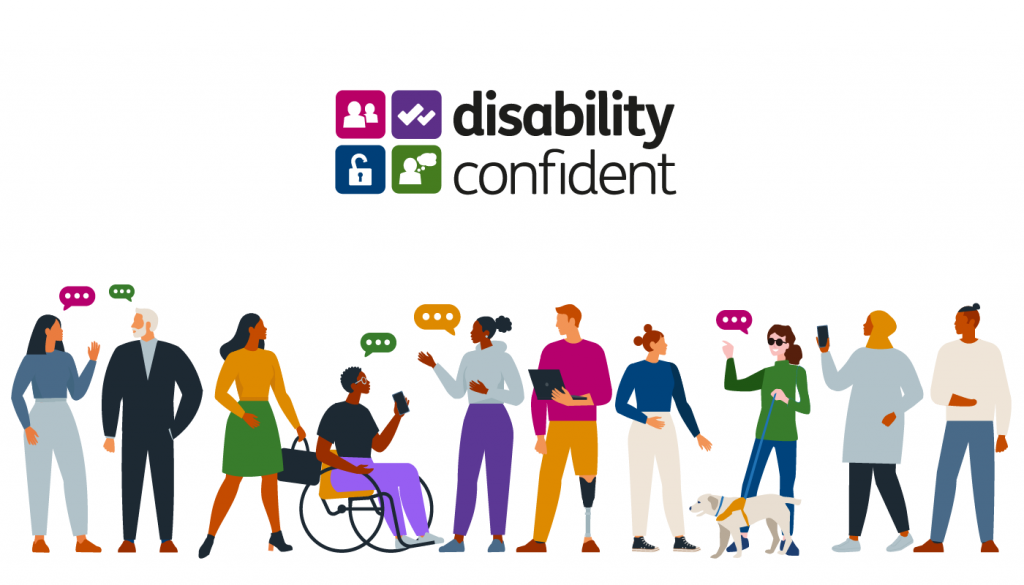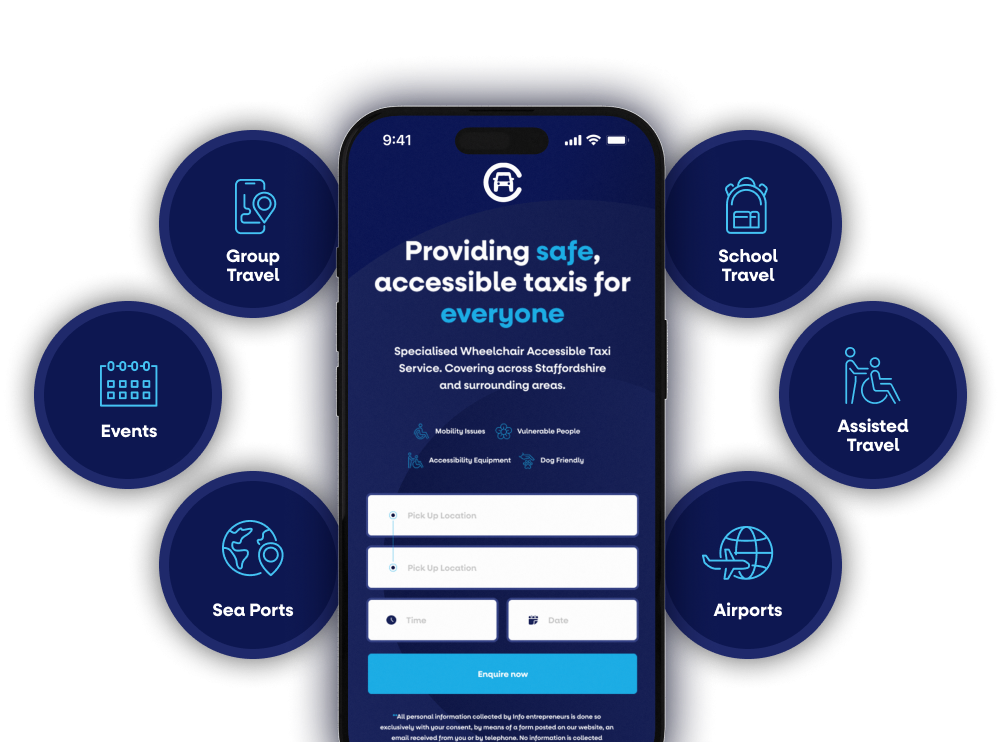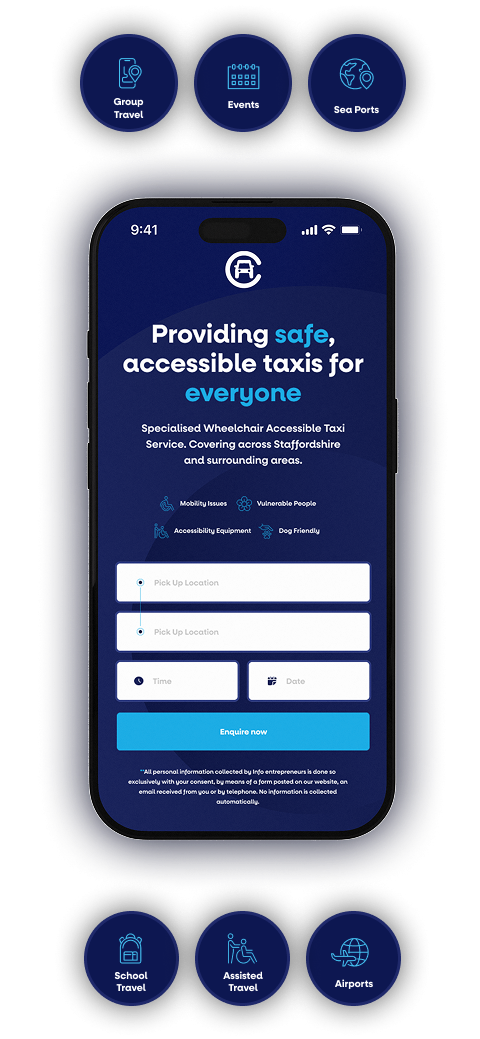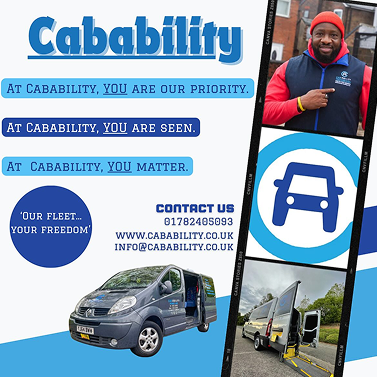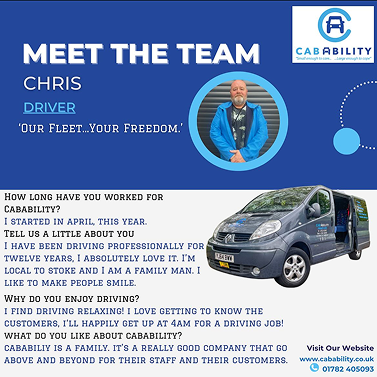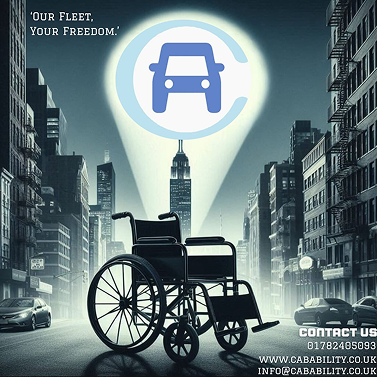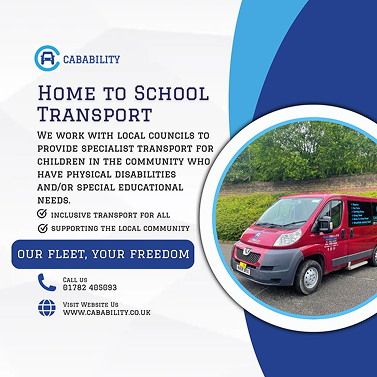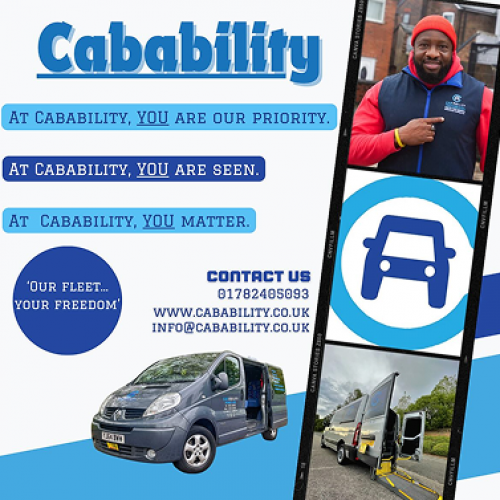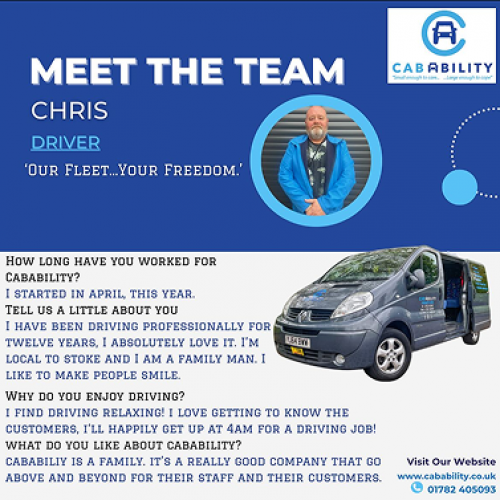Beyond Compliance: Why Accessibility Is a Competitive Edge in Digital and Travel Sectors
Why Accessibility Matters – Online and When We Travel
In today’s world, accessibility is more than just a checkbox, it’s a commitment to inclusion. Whether we’re building websites or booking holidays, accessibility helps everyone. It’s about creating digital and physical spaces where no one is excluded due to ability, age, or circumstance.
As a digital marketer, making things accessible isn’t just a moral responsibility – it’s also smart business. Accessible design leads to better user experience, improved SEO and increased reach. And when it comes to travel, accessibility can mean the difference between an enjoyable trip and an impossible one.
Accessibility in Travel: Beyond Wheelchair Ramps
When we talk about accessible travel, many people picture wheelchair access only. But accessible travel is much broader and includes:
- Step-free access for older adults or families with prams
- Visual aids and translations for tourists or neurodivergent travellers
- Quiet zones for people with sensory sensitivities
- Accessible booking websites and mobile apps

What Does Digital Accessibility Look Like?
Digital accessibility means designing websites, apps, and content that everyone can use – including people with visual, auditory, motor, or cognitive impairments.
Some examples include:
- Alt text for images to help screen reader users understand content
- Video captions and transcripts
- Keyboard navigation for people who can’t use a mouse
- Readable fonts and strong color contrast
But these features help more than just disabled users:
- Captions benefit people in noisy places
- Keyboard shortcuts help power users work faster
- High contrast text helps users outdoors or with tired eyes
In short, accessible design is better design.
According to Visit Britain, accessible tourism is worth over £15 billion annually in the UK alone – proving there’s not just a moral case, but a strong economic one too.
According to the World Health Organization, over 1 billion people worldwide experience some form of disability. Read more on WHO.
Travel providers, tourism websites, and even small businesses can benefit by making their services more inclusive. For instance, clearly listing accessibility features on your website or offering support via live chat or email can make a huge difference for many customers.
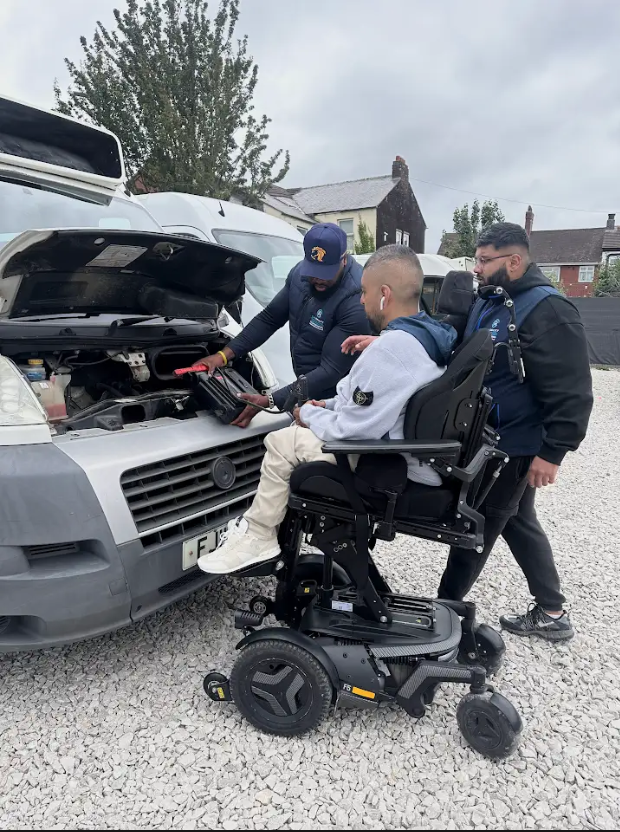
🔗 How Digital Accessibility Supports Travel Accessibility
Most travel experiences begin online — researching destinations, booking flights, checking accommodation. If those websites aren’t accessible, it prevents people from even starting the journey.
Web accessibility in the travel sector should include:
- Accessible booking forms
- Alt text for hotel and location photos
- Clear labels for form fields and buttons
- Descriptions of physical accessibility (e.g. elevator access, room layout)
When travel websites are inclusive, they empower people to explore the world with more confidence and less anxiety.
Accessibility Is for Everyone
It’s easy to think of accessibility as something that benefits “other people.” But everyone will likely experience a temporary or permanent need for accessible design at some point – whether due to injury, aging, or even just holding a baby in one arm while using a phone with the other.
That’s why inclusive design is powerful: when we remove barriers, we make life better for everyone.
At Cabability, we believe that accessible services aren’t just a “nice to have”, they’re essential and when we design with accessibility in mind, we create systems and experiences that are easier, safer, and more enjoyable for everyone.
Accessibility is not about lowering standards or making exceptions. It’s about removing unnecessary barriers – whether physical, digital, or attitudinal – so that people of all abilities can engage fully, confidently, and independently.
We are proud to be a Disability Confident and Age-Friendly Employer. We don’t just talk about accessibility – we embed it into the way we work, every single day.
